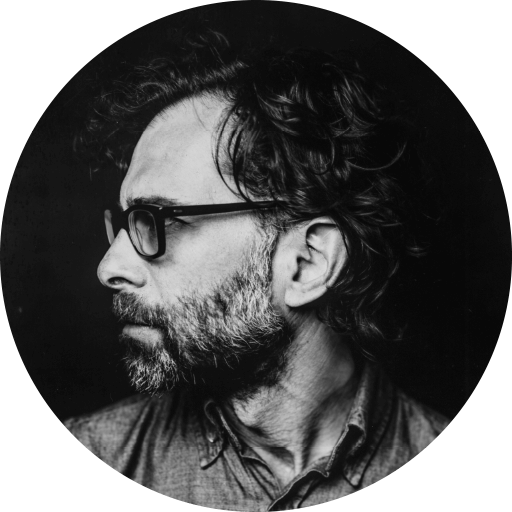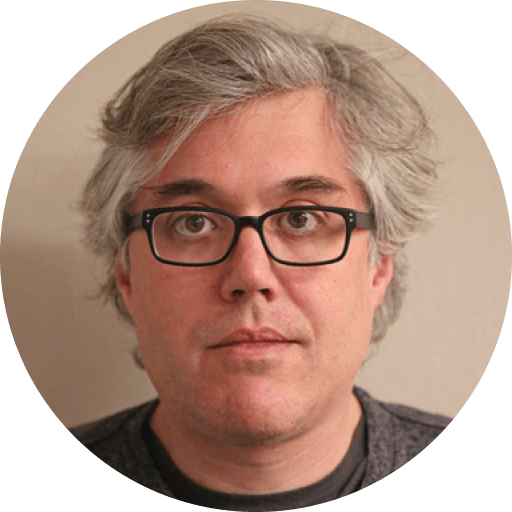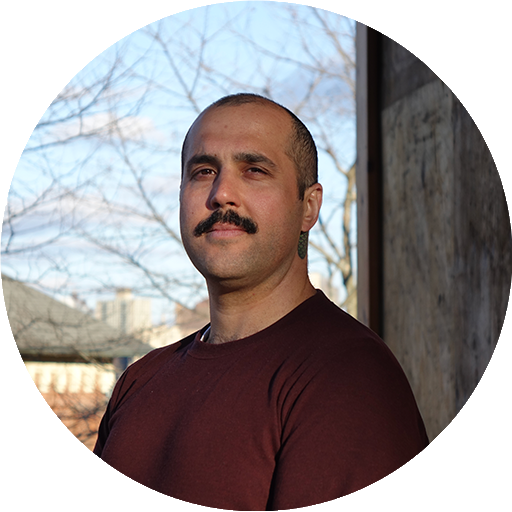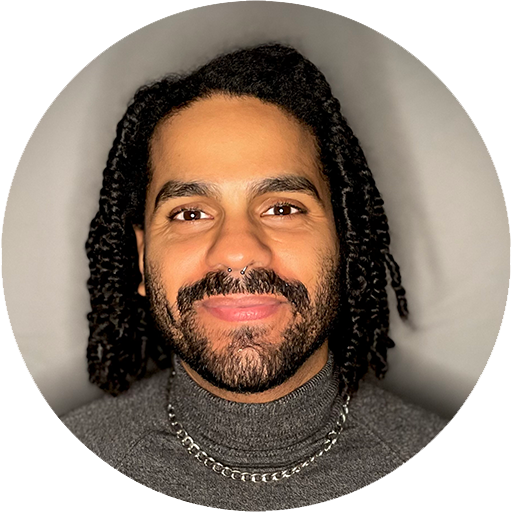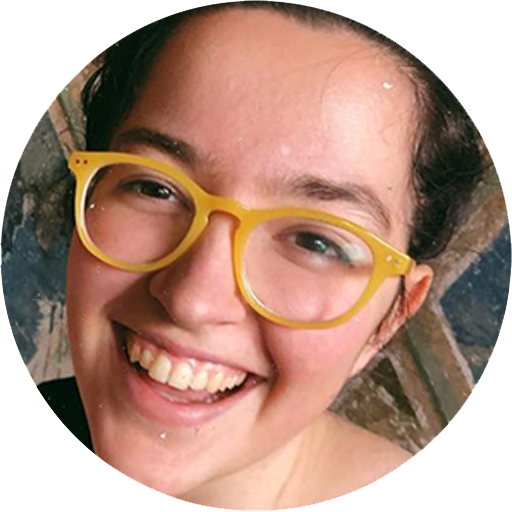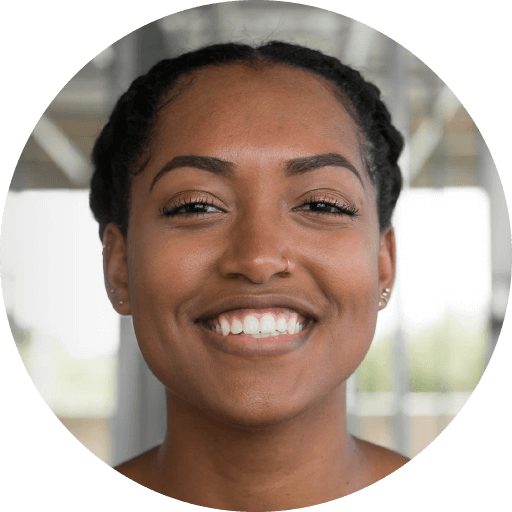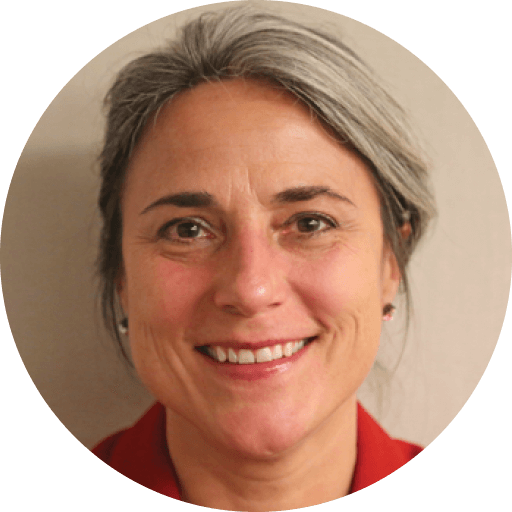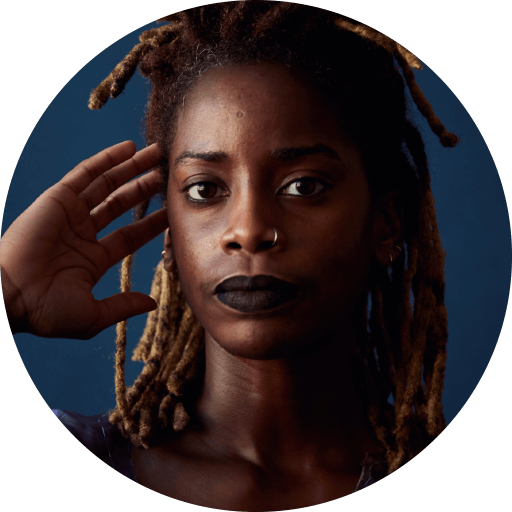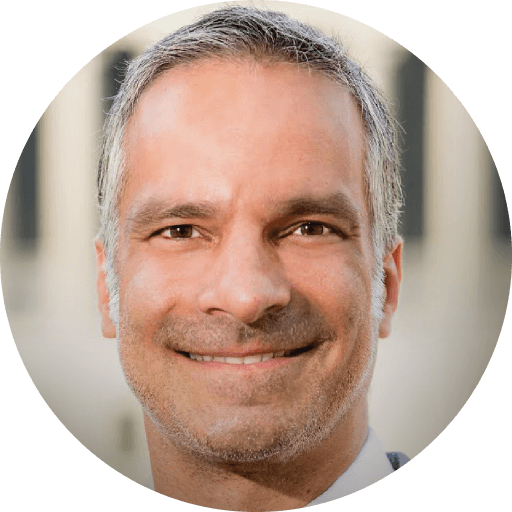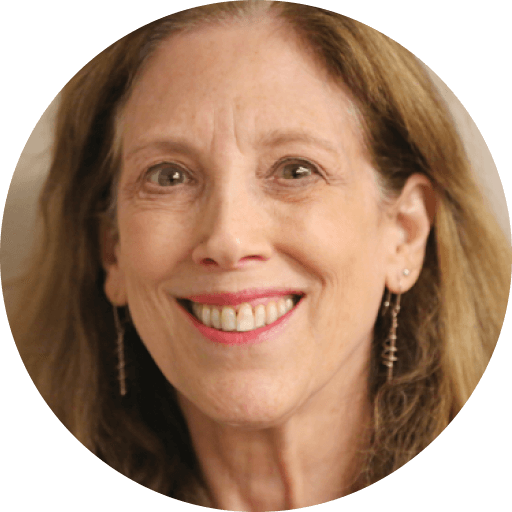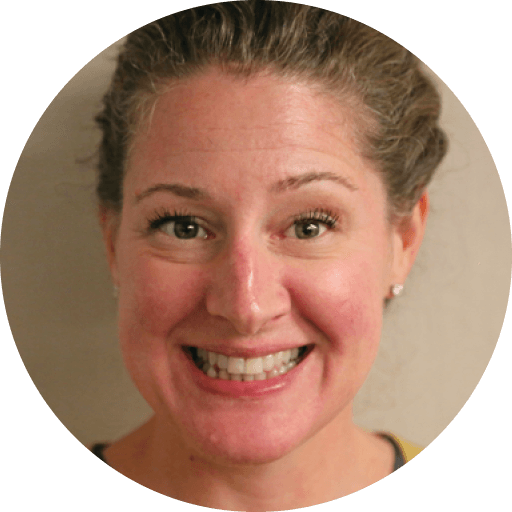Review: A Dance About the Dawn, but Not the Quiet Dawn
Brian Seibert, New York Times
Brian Seibert, New York Times
I knew that the creative process for “bend the even,” the latest project by the improviser and choreographer Jennifer Monson, involved rehearsals on a prairie at dawn. So when the work, which opened at the Chocolate Factory on Tuesday, began in silence and dim light, I settled in for a meditative experience, a slow reveal. But the first sound came as a shock: a floor-shaking rumble that felt like the start of an earthquake.
I shouldn’t have been surprised. Ms. Monson, who has been a revered figure in experimental dance for decades, has lately been known for researching outdoors and for bringing a sense of nature inside. But while her nature studies incorporate much stasis and quiet, her vision of nature is of forces larger than herself — wild, powerful forces that can unexpectedly erupt.
That initial rumble comes from the sound artist Jeff Kolar, who tweaks the dials and levers of his electronics onstage, making visible his technological manipulation of radio waves, storm surges and cricket chirps. The lighting designer Elliott Cennetoglu also works in full view of the audience, brightening and dimming the world, shading it blue and green. The musician Zeena Parkins is sometimes onstage, brushing a microphone against her clothing, connecting sound with touch. She also plays her harp next to viewers’ seats. Her music can be dulcet, as you might expect, though other times it sounds — and feels — like heavy metal.
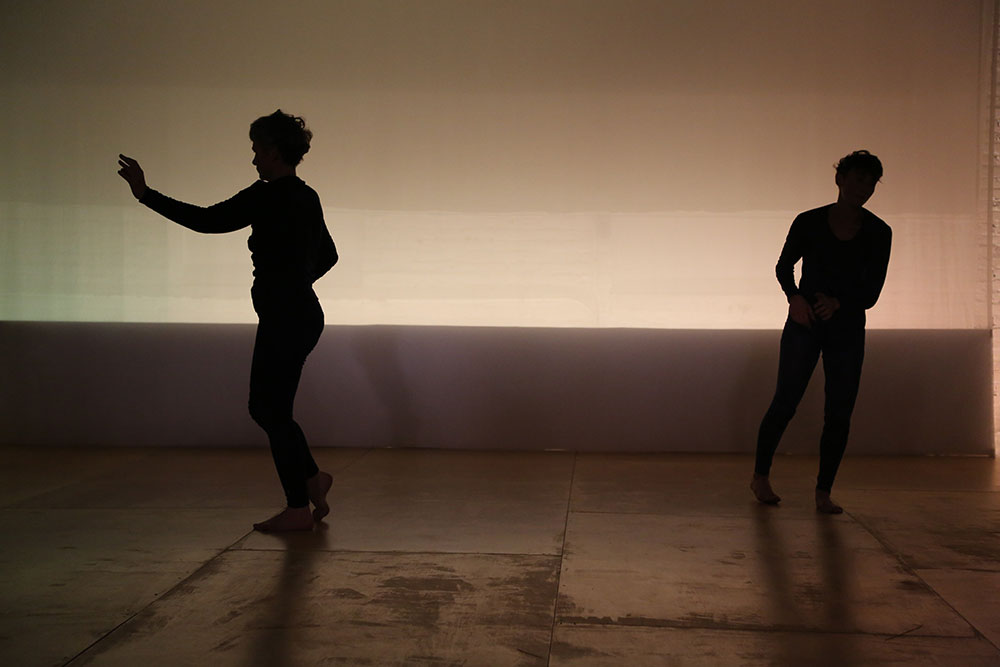
Joining Ms. Monson is the dancer Mauriah Kraker, an effective foil — younger and more svelte. Although it can be difficult to take your eyes off Ms. Monson, Ms. Kraker is essential. Some of the dance is in unison, all of it interactive. Early on, the two women wrestle, grappling with hooked ankles rather than hands. Near the end, they transfer the activity to their arms, seeming at once to desire entanglement and to push each other out of the way.
In one strangely captivating section, they stand side by side, as still as figures in a double portrait. Or almost as still, since their faces do move, nearly imperceptibly. Ms. Monson’s face tightens, in concern or anger, following something with her eyes.
Such subtle change is what is most like the dawn in “bend the even.” Both the music and the dance often work in loops, with large facets repeating while small parts shift until the whole is utterly different. But, again, this nuance doesn’t preclude shocks. Suddenly, the dancers twist, wrench, lunge and leap with a kind of fight-or-flight desperation.
When Ms. Monson is in the zone, her performances can seem, without any conventional drama, like an extraordinary event that is happening to her, the emergence of some greater aliveness to which she has opened herself. But if you keep yourself open, suspending impatience (it takes effort), you too can tune into that frequency and feel those vibrations. It’s like adjusting your ears to listen to a butterfly’s wings and being inundated instead with the roar of the ocean.

Brian Seibert, New York Times – February 21, 2018


